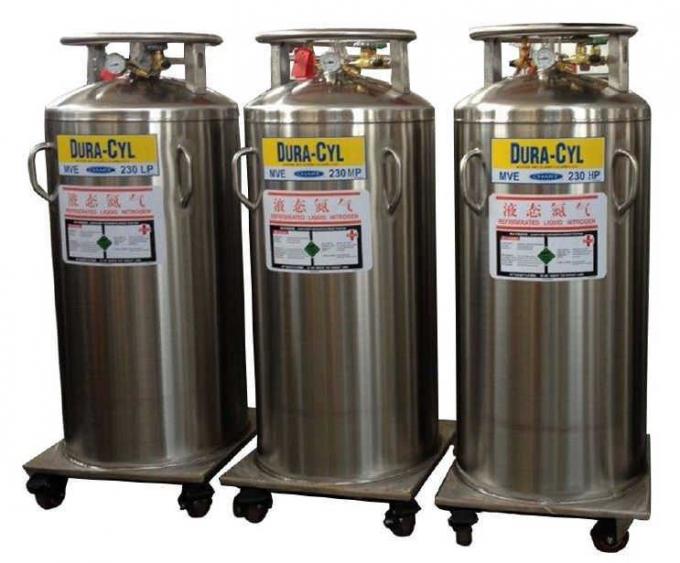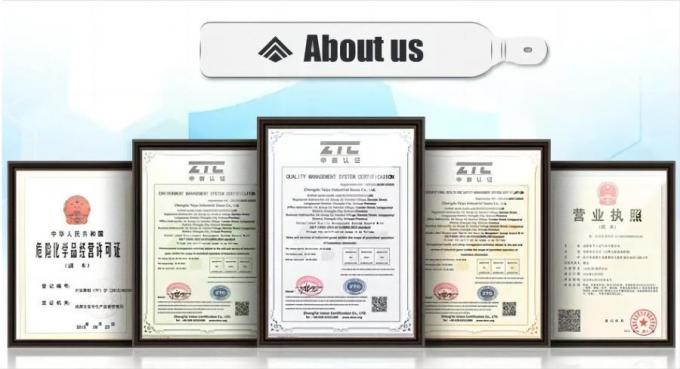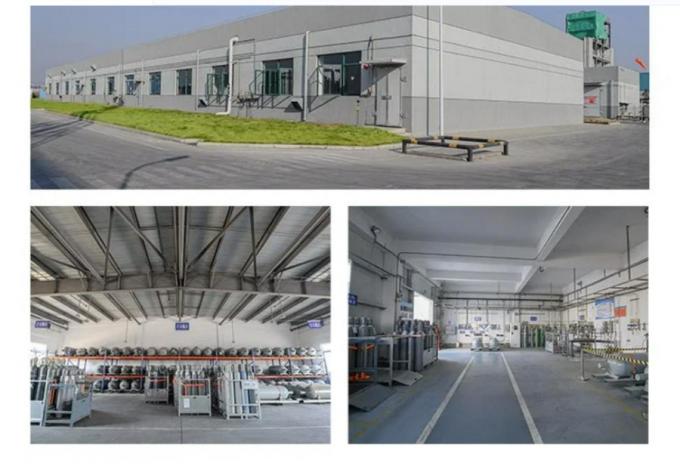


| MOQ: | 10Pcs |
| Price: | US $110 |
| Standard Packaging: | Cylinder/Tank |
| Delivery Period: | 15 days |
| Payment Method: | L/C, T/T |
| Supply Capacity: | 5000Pcs/Month |
Product Introduction
Liquid argon nitrogen, sometimes referred to as LIN (Liquid Argon Nitrogen), is a mixture of liquid argon (Ar) and liquid nitrogen (N2). It is created by cooling and liquefying both gases to very low temperatures. Here are some key points about liquid argon nitrogen:
Composition: Liquid argon nitrogen is a mixture of liquid argon and liquid nitrogen. The specific composition may vary depending on the desired application and requirements. The proportions of argon and nitrogen in the mixture can be adjusted based on the intended use.
Cryogenic Temperatures: Both liquid argon and liquid nitrogen are cryogenic fluids, meaning they exist at very low temperatures. Liquid argon has a boiling point of -185.8°C (-302.4°F), while liquid nitrogen has a boiling point of -195.8°C (-320.4°F). The storage and handling of these substances require appropriate cryogenic safety measures.
Uses: Liquid argon nitrogen finds various applications in industries such as food processing, manufacturing, and scientific research. It is commonly used for cryogenic freezing and cooling applications, such as flash freezing of food products, cryogenic grinding, and cryopreservation of biological samples. The mixture's low temperatures and inert properties make it suitable for many cryogenic applications.
Cryogenic Preservation: Liquid argon nitrogen is often used for the long-term storage and preservation of biological materials, such as cells, tissues, and reproductive cells (sperm and eggs). The extreme cold temperatures help to maintain the viability and integrity of these materials over extended periods.
Safety Considerations: Handling liquid argon nitrogen requires special precautions due to the low temperatures involved. Direct contact with the skin or eyes can cause severe cold burns. Adequate protective equipment and safety procedures should be followed to minimize the risk of injury.
Inert Properties: Both argon and nitrogen are chemically inert gases, meaning they do not readily react with other substances under normal conditions. This inertness makes liquid argon nitrogen useful in applications where a non-reactive environment or an inert atmosphere is required.
The specific applications and properties of liquid argon nitrogen may vary depending on the desired purpose and the proportions of the gases used. Consulting with experts or industry professionals is recommended for detailed information on the specific use of liquid argon nitrogen in a particular context.
| Model NO. | o2 | Pressure | 12.5MPa |
| Industrial Grade | Industrial Grade | Cylinder | 175L |
| Purity | 99.50% | Transport Package | Sea Transportation |
| Specification | 175L 99.5% | Trademark | CMC |
| Origin | Suzhou | Production Capacity | 5000piece/Month |






| MOQ: | 10Pcs |
| Price: | US $110 |
| Standard Packaging: | Cylinder/Tank |
| Delivery Period: | 15 days |
| Payment Method: | L/C, T/T |
| Supply Capacity: | 5000Pcs/Month |
Product Introduction
Liquid argon nitrogen, sometimes referred to as LIN (Liquid Argon Nitrogen), is a mixture of liquid argon (Ar) and liquid nitrogen (N2). It is created by cooling and liquefying both gases to very low temperatures. Here are some key points about liquid argon nitrogen:
Composition: Liquid argon nitrogen is a mixture of liquid argon and liquid nitrogen. The specific composition may vary depending on the desired application and requirements. The proportions of argon and nitrogen in the mixture can be adjusted based on the intended use.
Cryogenic Temperatures: Both liquid argon and liquid nitrogen are cryogenic fluids, meaning they exist at very low temperatures. Liquid argon has a boiling point of -185.8°C (-302.4°F), while liquid nitrogen has a boiling point of -195.8°C (-320.4°F). The storage and handling of these substances require appropriate cryogenic safety measures.
Uses: Liquid argon nitrogen finds various applications in industries such as food processing, manufacturing, and scientific research. It is commonly used for cryogenic freezing and cooling applications, such as flash freezing of food products, cryogenic grinding, and cryopreservation of biological samples. The mixture's low temperatures and inert properties make it suitable for many cryogenic applications.
Cryogenic Preservation: Liquid argon nitrogen is often used for the long-term storage and preservation of biological materials, such as cells, tissues, and reproductive cells (sperm and eggs). The extreme cold temperatures help to maintain the viability and integrity of these materials over extended periods.
Safety Considerations: Handling liquid argon nitrogen requires special precautions due to the low temperatures involved. Direct contact with the skin or eyes can cause severe cold burns. Adequate protective equipment and safety procedures should be followed to minimize the risk of injury.
Inert Properties: Both argon and nitrogen are chemically inert gases, meaning they do not readily react with other substances under normal conditions. This inertness makes liquid argon nitrogen useful in applications where a non-reactive environment or an inert atmosphere is required.
The specific applications and properties of liquid argon nitrogen may vary depending on the desired purpose and the proportions of the gases used. Consulting with experts or industry professionals is recommended for detailed information on the specific use of liquid argon nitrogen in a particular context.
| Model NO. | o2 | Pressure | 12.5MPa |
| Industrial Grade | Industrial Grade | Cylinder | 175L |
| Purity | 99.50% | Transport Package | Sea Transportation |
| Specification | 175L 99.5% | Trademark | CMC |
| Origin | Suzhou | Production Capacity | 5000piece/Month |




